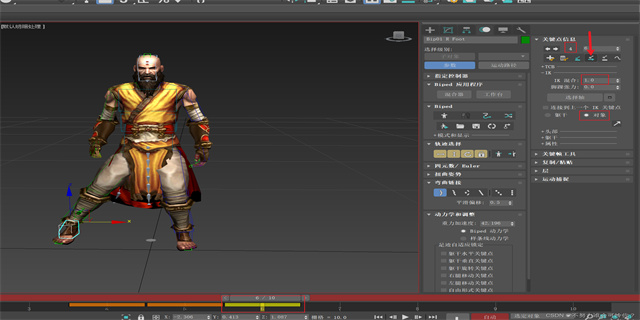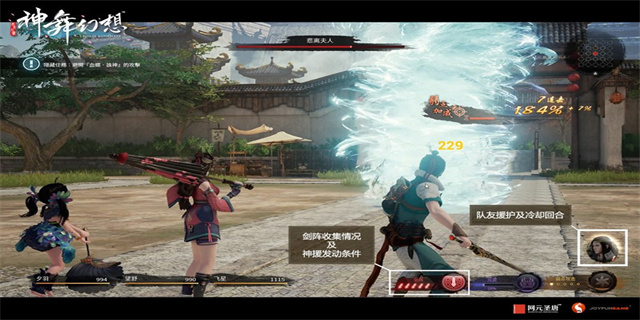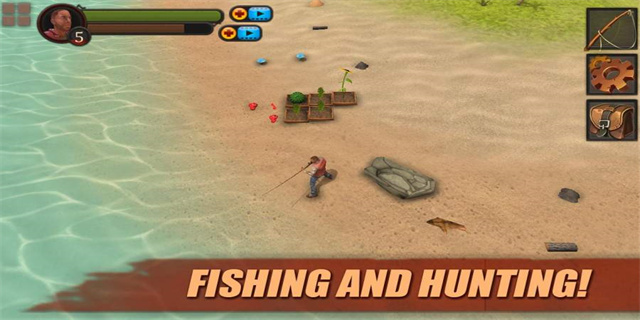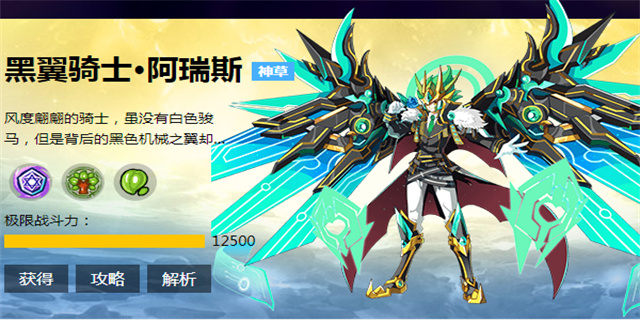hovercraft(Hovercraft The Revolutionary Mode of Transport)
Hovercraft: The Revolutionary Mode of Transport
Introduction
The hovercraft, also known as an air-cushion vehicle (ACV), is a remarkable mode of transportation that uses a combination of lift and propulsion to glide above land or water surfaces. It is a unique invention that has revolutionized the way we travel, offering advantages in terms of speed, maneuverability, and efficiency. In this article, we will explore the various aspects of hovercraft technology and its impact on transportation.
How Hovercraft Works
Hovercraft operates on the principle of generating a cushion of air beneath the vehicle, enabling it to float smoothly over any terrain. This air cushion is created by large fans or propellers that force air beneath the craft. The pressure difference between the higher pressure air below and the lower pressure air above creates lift, allowing the hovercraft to glide effortlessly.
The propulsion system of a hovercraft plays a vital role in its movement. Typically, it consists of one or more engines that power the fans or propellers. These engines drive the craft forward, backward, or steer it in different directions. The absence of friction between the craft and the ground or water surface makes hovercraft a highly maneuverable mode of transport.

Advantages of Hovercraft
Speed: Hovercraft travel at high speeds, making them an excellent choice for urgent transportation needs. They can effortlessly glide over both land and water surfaces, providing a faster alternative to traditional modes of transport.
Maneuverability: Due to their unique design, hovercraft can move in all directions, including forward, backward, sideways, and even rotate around their axis. This exceptional maneuverability allows them to navigate through complex terrains and tight spaces with ease.

Accessibility: Hovercraft can operate equally well on land, water, and ice, making them ideal for remote areas or regions with inadequate road or waterway infrastructure. They can traverse over marshes, swamps, and even over solid ice, providing access to places that are otherwise difficult to reach.

Environmental Friendly: Hovercraft have a low environmental impact compared to traditional transport modes. They do not create waves, which helps in preserving aquatic ecosystems. Additionally, their low pressure on the ground or ice reduces damage to fragile terrains and minimizes soil erosion.
The Future of Hovercraft
The development of hovercraft technology is an ongoing process, and researchers are constantly exploring innovative ways to improve its efficiency and applicability. There is potential for hovercraft to be utilized in various industries, including transportation, tourism, and search and rescue operations.
Efforts are being made to enhance the sustainability of hovercraft by utilizing renewable energy sources. Electric-powered hovercraft are being developed, which would significantly reduce carbon emissions and noise pollution. The integration of advanced navigation systems and autonomous technology could further enhance the safety and reliability of hovercraft.
In conclusion, hovercraft technology has brought about a revolution in transportation. Its ability to seamlessly travel over land and water surfaces, combined with its speed and maneuverability, make it an attractive option for various applications. With further advancements in technology, hovercraft will continue to play a significant role in transforming the way we travel and explore our world.
Hovercraft: The Revolutionary Mode of TransportIntroductionT
2024-04-23



















